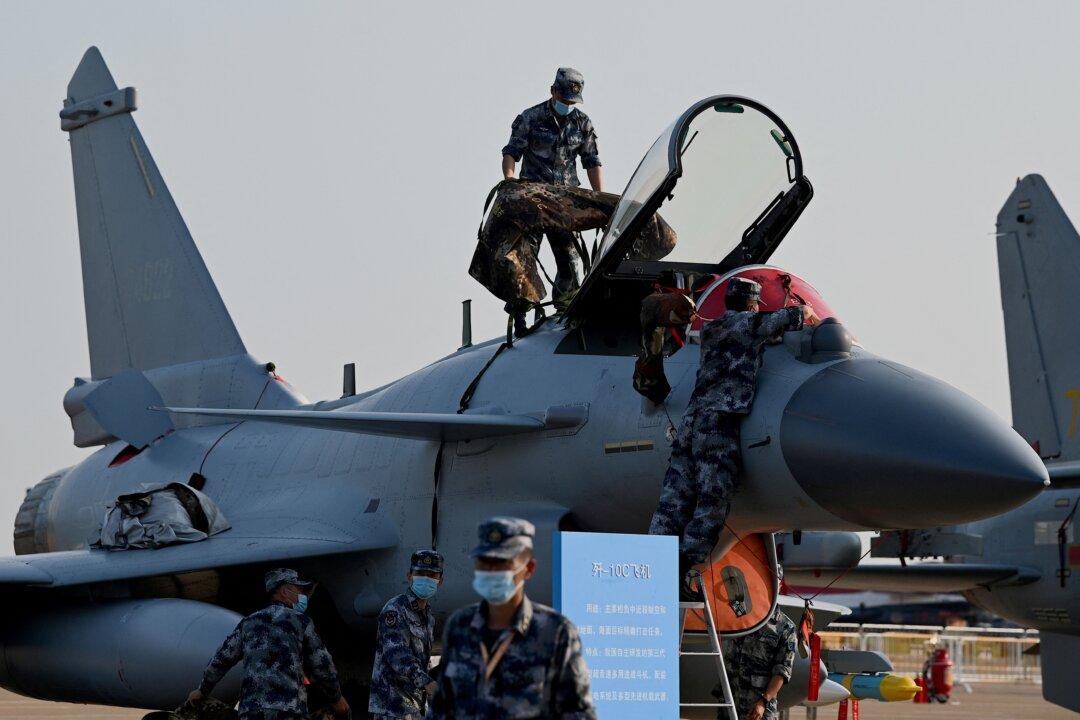News Analysis
The Stockholm International Peace Research Institute (SIPRI) recently released its data on the global arms trade for 2021, and the news for China is not good. Most foreign arms buyers continue to shun Chinese weapons systems.

The Stockholm International Peace Research Institute (SIPRI) recently released its data on the global arms trade for 2021, and the news for China is not good. Most foreign arms buyers continue to shun Chinese weapons systems.